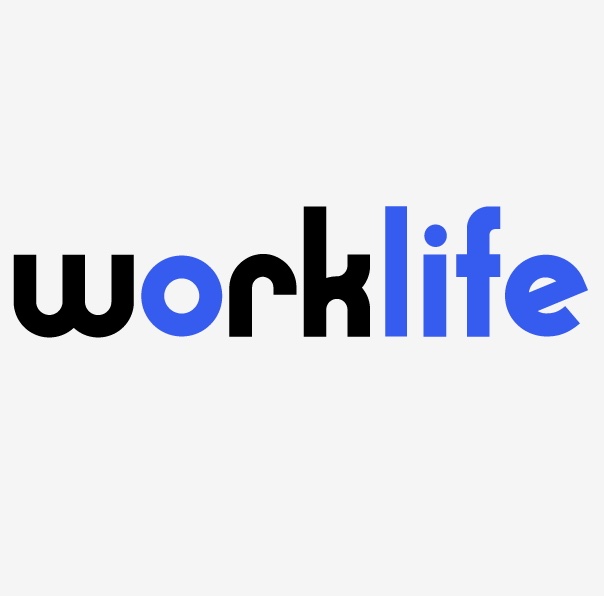
For many professionals, holding down just one job often isn’t enough to pay the bills and keep up with rising inflation. That’s why so many employees are turning to polywork — a phenomenon that grew in popularity during the pandemic, when many people sought out additional income streams.
The term generally refers to when someone is working more than one job at the same time, be it for financial reasons or personal, and it’s caught on quickly. Videos on TikTok tagged with #polywork have racked up more than 4.3 million views.
According to a survey from HR, payroll, and benefits company Paychex, roughly 40 percent of all U.S. workers have two jobs. Gen Zers were the most likely to be working more than one job — in fact, a whopping 47 percent reported holding down three or more jobs. Of course, this study did not differentiate between full-time and part-time positions.
If you find out an employee is working more than one job, or if you’re concerned about it happening in your workplace, here’s what to do.
Include more specific language in your employee handbook
While there is a general “corporate duty of loyalty,” which does require employees to avoid certain activities such as using confidential company information for personal gain, there aren’t any federal laws that dictate how many jobs a person can have, notes Daniel Kalish, founder and managing partner at HKM Employment Attorneys, a New York City-based employment law firm. However, there is also nothing stopping an employer from firing an at-will employee for holding more than one job, if it’s conflicting with their day-to-day responsibilities.
There are some legal steps employers can take to help avoid fallout from polywork, and minimize any threat of a wrongful termination suit should an employee be fired. Most employee handbooks, for example, contain language around taking on secondary employment, including clauses about how it must not conflict with any obligatory duties, says Mark Kluger, co-founding partner at New Jersey-based employment law firm Kluger Healey.
But that language can be expanded on, Kluger notes. For instance, a handbook could include policies that require employees to disclose any secondary employment. This could protect the company if an employee comes forward with a complaint, but “the intention behind such a policy should be to get people to be honest and come forward,” says Kluger. “Much of the problem comes from the fact that most people who have two full-time jobs aren’t likely to come forward about it.”
Kluger also recommends keeping an eye on employees’ social media accounts, particularly LinkedIn, to see whether other employment is listed on their profile or whether other companies are regularly tagging them in posts.
Consider employee performance as an indicator
For founders looking to get 100 percent out of their employees, knowing workers could be splitting time between multiple employers might be a tough pill to swallow. That said, you should consider performance markers first and shape conversations with employees accordingly.
Take David Zhang, the founder and CEO of Los Angeles-based Kate Backdrop, a seller of high-quality backdrops for photoshoots and events with more than 150,000 customers. After shifting his workforce to remote operations in 2020, he discovered one of his 43 employees was working full night shifts at a grocery store while working for him during the day.
“I understood their need for extra income, but their productivity had been declining, which impacted our company’s operations,” says Zhang.
Along with HR, they discussed different options that would help the employee meet their financial needs without compromising their performance. They decided on a flexible work schedule that allowed the employee to continue working at the grocery store while maintaining their full-time position at Kate.
On the other hand, if a polyworking employee is meeting expectations, there may be no need to do or say anything. In fact, some founders are very open to the concept of ploywork. Jonathan Fields, co-founder and CEO of San Francisco-based AI-driven intranet platform Assembly, says many successful founders — including himself — started companies while working full-time for another employer. “If a top employee has a passion for a side hustle, then as an entrepreneur, it would be wrong and disingenuous to say the person should not do that,” he says.
Founders also shouldn’t automatically assume that someone is working more than one job just because their performance is slacking, says Jennifer L’Estrange, founder and managing director of Red Clover, an outsource HR firm based in Kinnelon, New Jersey. Unless an employer has definitive proof of such activity, it’s critical to approach the situation as a straightforward performance issue, she notes.
Pay your people more
Every company where polywork becomes an issue should take it as an opportunity to look inward, says Brett House, a professor of professional practice at Columbia Business School. Polyworking could be a sign “that your business model does not work in its current form,” says House, who notes that companies often overlook the substantial cost of commuting, child care, and other economic constraints people face in trying to figure out how to work effectively.
He’s got a point. According to Indeed’s January labor market update, wage growth continues to decline from its peak in late 2021 and early 2022. On its current trajectory, the data predicts that posted wage growth is likely to descend to 3.5 percent by February and to 3.1 percent by May — the pre-pandemic average. Meanwhile core inflation remains well above pre-pandemic average.
“If you find that your employee has more than one full-time job, it’s a sign that you could be under-compensating them,” House says.









